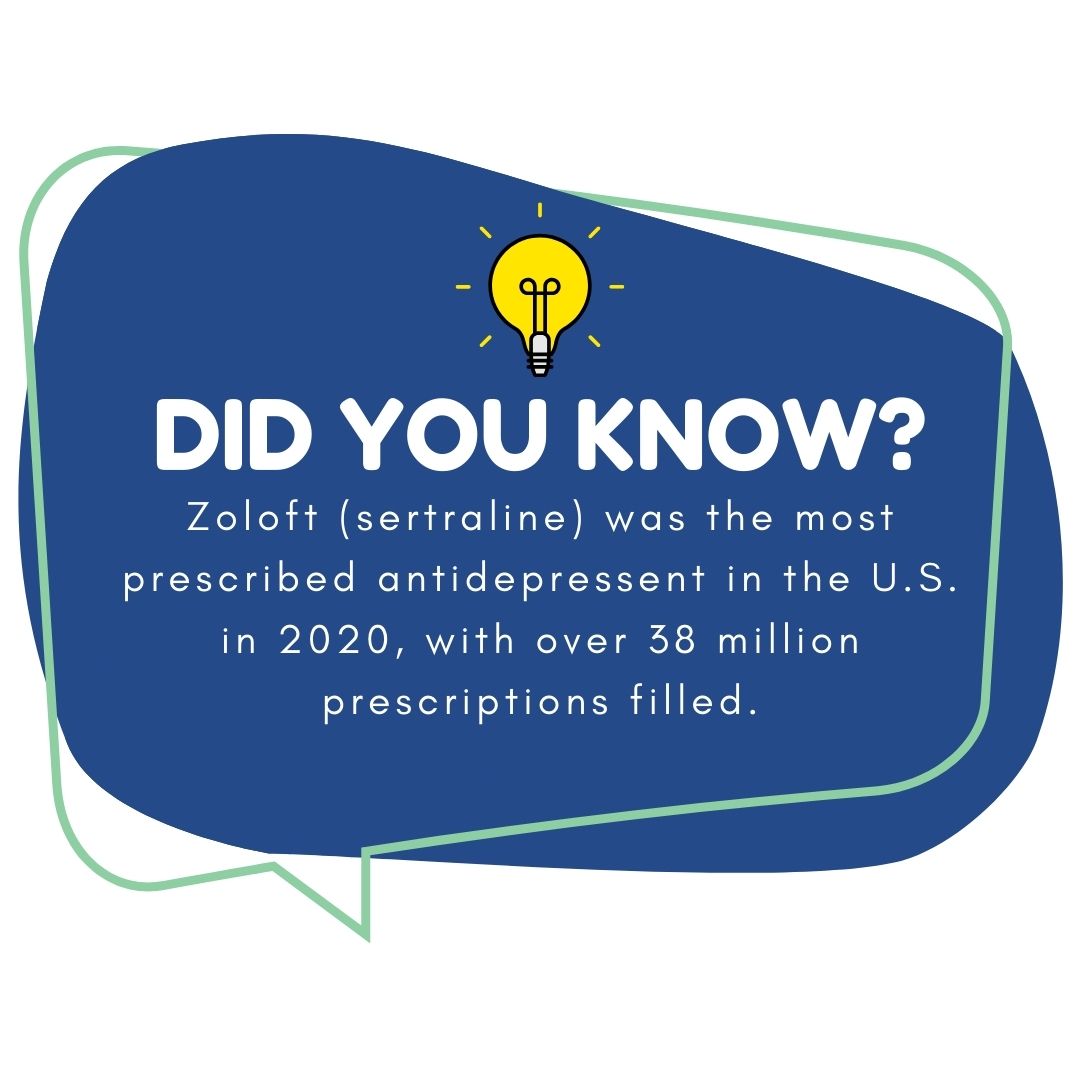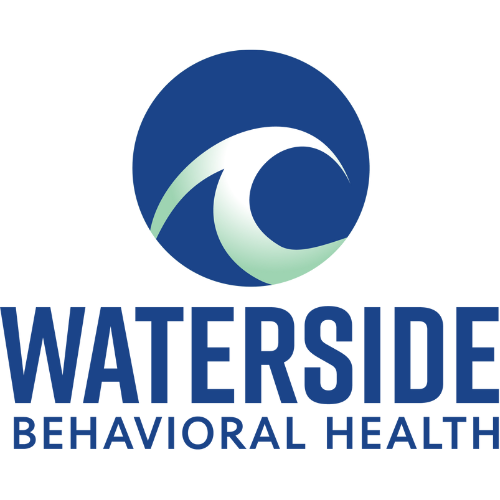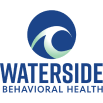What is Zoloft: Understanding Its Uses and Effects
Zoloft is a prescription medication commonly used to treat depression and anxiety disorders. It belongs to a class of drugs called selective serotonin reuptake inhibitors (SSRIs), which work by increasing the levels of serotonin in the brain. Many people find Zoloft helpful for managing their symptoms, leading to an improved quality of life.
This medication can also be prescribed for other conditions, such as obsessive-compulsive disorder and post-traumatic stress disorder. Patients taking Zoloft often experience a gradual improvement in their mood and overall well-being. Knowing more about how Zoloft works and its potential benefits and side effects can help individuals make informed decisions about their mental health treatment.
What Is Zoloft?
Zoloft is a medication commonly prescribed for various mental health conditions. It is important to know its chemical makeup and how it is classified in the field of medicine.
Chemical Composition
Zoloft’s active ingredient is sertraline hydrochloride. This chemical is part of a group known as selective serotonin reuptake inhibitors (SSRIs). To get technical, the molecular formula and weight:
- Molecular Formula: C17H17Cl2N
- Molecular Weight: 306.24 g/mol
Now, let`s get back to a more simple explanation: Sertraline works by increasing the levels of serotonin in the brain. Serotonin is a neurotransmitter that helps regulate mood and emotions. The medication comes in tablet form, usually available in doses of 25, 50, and 100 mg. It is absorbed relatively quickly, with peak levels in the blood occurring about four to six hours after ingestion.
Drug Classification
Zoloft is classified as an antidepressant. More specifically, it belongs to the SSRI category. SSRIs are widely used to treat depression and anxiety disorders.
Doctors often prefer SSRIs due to their favorable side effect profile compared to older antidepressants. Zoloft is typically started at a low dose, which can be adjusted based on patient response and tolerance. It has been found effective in improving mood, reducing anxiety, and enhancing overall quality of life.
Uses of Zoloft
Zoloft, known by its generic name sertraline, is commonly used for various mental health conditions. It is effective in treating depression and anxiety disorders, among other issues. The following subsections detail its primary uses.
Treatment of Depression
Zoloft is often prescribed to treat major depressive disorder (MDD). It works by balancing chemicals in the brain, particularly serotonin. A typical starting dose is 50 mg per day but can be adjusted based on the patient’s needs.
Patients may notice improvement in mood, energy levels, and overall interest in daily activities. It may take several weeks before full benefits are felt. Regular check-ins with a doctor are essential to monitor progress and side effects.
Anxiety Disorders
Zoloft is also used to treat various anxiety disorders. This includes generalized anxiety disorder (GAD), social anxiety disorder (SAD), and panic disorder. Managing anxiety can significantly improve quality of life for those affected.
The medication helps reduce excessive worry and fear. Patients often report decreased physical symptoms, such as rapid heartbeat and restlessness. Adjustments in dosage may be necessary, depending on individual responses.
Other Conditions
In addition to depression and anxiety, Zoloft is prescribed for obsessive-compulsive disorder (OCD), post-traumatic stress disorder (PTSD), and premenstrual dysphoric disorder (PMDD). Each condition affects mood and behavior differently.
For OCD, Zoloft helps manage unwanted thoughts and compulsions. In PTSD, it may lessen emotional distress from trauma reminders. PMDD symptoms, like severe mood swings, can also improve with Zoloft treatment. Monitoring is important for all these uses to ensure safety and effectiveness.

Mechanism of Action
Zoloft affects brain chemistry by influencing neurotransmitters. Its primary goal is to balance serotonin levels, which are important for mood regulation. Understanding its specific actions helps clarify how it works in the treatment of depression and anxiety.
Effects on the Brain
Zoloft targets specific receptors in the brain. By doing so, it helps increase serotonin availability in synapses. This action promotes better communication between neurons.
When serotonin is more available, mood and emotional responses can improve. Patients often experience fewer symptoms of depression and anxiety. Studies show that changes in brain activity occur after consistent use of Zoloft, supporting its effectiveness.
Serotonin Reuptake Inhibition
One key action of Zoloft is serotonin reuptake inhibition. This means it prevents serotonin from being reabsorbed too quickly by neurons. As a result, more serotonin remains in the space between neurons, or synapse.
This excess serotonin can enhance mood and reduce anxiety symptoms. Zoloft specifically targets the serotonin transporter, blocking this reabsorption process. Studies indicate that this action leads to improvements in both emotional well-being and daily functioning.
Dosage and Administration
Dosage and administration of Zoloft are important for effective treatment of conditions like depression and anxiety. Understanding the guidelines and administration methods helps ensure safety and effectiveness.
Dosage Guidelines
Zoloft is typically prescribed in varying doses, depending on the condition being treated. The starting dose for many adults is usually 50 mg per day.
For depression, anxiety, and OCD, the dose can be increased in increments of 25 mg or 50 mg per week as needed, with a maximum dose of 200 mg per day.
For panic disorder, the initial dose often starts at 25 mg and can be raised to 50 mg after one week. Children and adolescents may require lower doses, often starting around 25 mg.
Important: Patients should always follow their doctor’s instructions closely regarding dosage adjustments.
Administration Methods
Zoloft can be taken with or without food. It is generally recommended to take it at the same time each day to maintain even levels in the body.
Tablets should be swallowed whole with water. They should not be crushed or chewed as that may change the way the medication works.
If a dose is missed, it is best to take it as soon as remembered. If it is close to the next dose, skip the missed dose and continue with the regular schedule.
Caution: Never double up on doses to make up for a missed one.
Side Effects and Precautions
Zoloft can have various side effects, and it is important for users to be aware of them. Some effects are common and manageable, while others can be serious and require immediate attention. Taking precautionary measures can help minimize risks.
Common Side Effects
Some common side effects of Zoloft include:
- Nausea: Feeling sick to the stomach is a frequent complaint.
- Diarrhea: Loose stools can occur for some users.
- Dry Mouth: A lesser-known effect but can cause discomfort.
- Drowsiness or Fatigue: Many may experience tiredness or sleepiness.
- Insomnia: Difficulty sleeping may be reported by some users.
These side effects usually happen when starting the medication. They often lessen or go away after a few weeks. It is essential to report persistent issues to a doctor.
Serious Adverse Effects
In rare cases, Zoloft can cause more serious effects that need immediate medical attention:
- Serotonin Syndrome: A dangerous condition that may cause confusion, restlessness, or rapid heartbeat.
- Suicidal Thoughts: Some individuals may experience an increase in suicidal thoughts, especially when starting treatment.
- Allergic Reactions: Symptoms like rash, itching, or breathing difficulties require urgent care.
- Severe Mood Changes: Sudden changes in mood, or increased anxiety can also be a concern.
It is crucial to contact a healthcare provider if any of these severe effects occur.
Precautionary Measures
Before taking Zoloft, consider the following precautions:
- Medical History: Inform the doctor about any past illnesses, especially liver or kidney problems.
- Current Medications: Share all medications being taken, including over-the-counter drugs and supplements.
- Avoid Alcohol: Drinking alcohol can increase side effects and decrease the medication’s effectiveness.
- Pregnancy and Breastfeeding: Pregnant or nursing individuals should discuss potential risks with their doctor.
Following these precautionary measures can help ensure the safe use of Zoloft. Regular check-ups with a healthcare professional can support ongoing health and safety.
Interactions with Other Medications
Zoloft may interact with various medications, which can affect its effectiveness or lead to unwanted side effects. Understanding these interactions is crucial for safe usage.
Contraindicated Drugs
Certain medications should not be taken with Zoloft due to serious risks. For example, Monoamine Oxidase Inhibitors (MAOIs) can lead to life-threatening reactions when combined with Zoloft.
Examples of MAOIs include:
- Phenelzine
- Tranylcypromine
- Isocarboxazid
Patients must wait at least 14 days after stopping an MAOI before starting Zoloft. Additionally, pimozide, used for Tourette’s syndrome, is another drug that should not be combined with Zoloft because of the risk of increased side effects.
Interaction Risks
Taking Zoloft with specific other medications may increase the chance of side effects. For instance, combining Zoloft with blood thinners like warfarin can heighten the risk of bleeding.
Other medications of concern include:
- Other antidepressants: Mixing with SSRIs or serotonin-norepinephrine reuptake inhibitors (SNRIs) can raise serotonin levels excessively, leading to serotonin syndrome.
- Certain painkillers: Drugs like tramadol can also increase this risk.
Doctors should always monitor patients closely when introducing new medications or changing doses while on Zoloft. It’s vital for patients to inform their healthcare providers about all prescriptions, over-the-counter drugs, and supplements they take.
Patient Considerations
When considering Zoloft, patients should be aware of specific factors like pregnancy, breastfeeding, and age-related use. Understanding these aspects is crucial for safe and effective treatment.
Pregnancy and Breastfeeding
Zoloft may affect pregnant women and their babies. It is classified as a Category C medication. This means it is not known if it can harm the fetus. Doctors may prescribe it if the benefits outweigh the risks.
For breastfeeding mothers, Zoloft can pass into breast milk. While most infants do not experience side effects, it is important to monitor them. Consulting a doctor can help decide the best approach for treating depression while considering the safety of the baby.
Pediatric and Geriatric Use
Zoloft is sometimes prescribed to children and teens aged 6 and older. Studies show that it can be effective, but there are risks. Young patients may experience increased thoughts of self-harm, especially in the early treatment phase. Regular check-ups are necessary to monitor their mental health.
For older adults, Zoloft can be beneficial for treating depression and anxiety. However, they may be more sensitive to side effects. Using a lower dose is often advisable. Close monitoring for side effects is important to ensure safety and effectiveness in this age group.
Withdrawal and Discontinuation
When stopping Zoloft, some people may experience withdrawal symptoms. It is important to understand what these symptoms are and how to safely discontinue the medication.
Potential Withdrawal Symptoms
Withdrawal symptoms from Zoloft can vary among individuals. Common symptoms include:
- Dizziness: A feeling of lightheadedness or unsteadiness.
- Nausea: An upset stomach that may lead to vomiting.
- Fatigue: Increased tiredness or lack of energy.
- Insomnia: Difficulty falling asleep or staying asleep.
- Mood Changes: Feelings of anxiety, irritability, or sadness.
These symptoms can begin within a few days after stopping the medication. They can last for a few weeks or longer. It’s crucial for individuals experiencing these symptoms to consult a healthcare provider for guidance.
Discontinuation Strategy
A safe discontinuation strategy is often recommended to reduce withdrawal symptoms. Here are some steps to consider:
- Consult a Healthcare Provider: Discuss stopping Zoloft with a doctor to create a proper plan.
- Tapering Off: Gradually reducing the dose instead of stopping abruptly can help minimize symptoms.
- Follow-up Appointments: Regular check-ins with a healthcare provider can monitor progress and make adjustments as needed.
Each person’s experience can differ, so tailoring the strategy to the individual is key. A well-planned approach can lead to a smoother transition.
Frequently Asked Questions
This section addresses important questions about Zoloft, including side effects, optimal usage, and differences from other medications. Understanding these points can help users make informed decisions.
What potential side effects should one be aware of when taking Zoloft?
Common side effects of Zoloft include nausea, dry mouth, dizziness, and fatigue. Some users may also experience changes in sleep patterns, weight gain, or sexual side effects. It is important to discuss any unusual symptoms with a healthcare provider. Check out this article to learn if Zoloft is addictive.
When is the optimal time of day to take Zoloft to manage anxiety?
Zoloft can be taken in the morning or evening. Many people find it beneficial to take it in the morning to avoid sleep problems. Consistency in timing can help maintain stable levels of the medication in the body.
Are there any side effects of Zoloft that are more common in women?
Women taking Zoloft may experience side effects such as weight gain or sexual dysfunction more frequently than men. Hormonal differences can influence how the body reacts to the medication. Monitoring side effects with a doctor is advised for any user.
Can Zoloft treat substance abuse or addiction?
Zoloft (sertraline) is not FDA-approved to treat addiction but may be prescribed to manage co-occurring conditions like depression or anxiety that often accompany substance use disorders. Its effectiveness in directly treating addiction is limited and varies by individual.
For what conditions is Sertraline 50mg typically prescribed?
Sertraline 50mg is often prescribed for depression, anxiety disorders, panic attacks, and obsessive-compulsive disorder (OCD). It may also be used to treat post-traumatic stress disorder (PTSD) and social anxiety disorder. Each condition may require the doctor to adjust the dosage.
What are the known contraindications for using Sertraline?
Sertraline should not be used in combination with monoamine oxidase inhibitors (MAOIs) due to a risk of severe reactions. Additionally, individuals with a known allergy to sertraline or any ingredient in the medication should avoid it. Consulting a healthcare provider is essential for safety.
How does Zoloft differ from Xanax in terms of usage and effects?
Zoloft is an SSRI used for long-term treatment of anxiety and depression, while Xanax is a benzodiazepine for short-term relief of anxiety. Zoloft takes time to have an effect, while Xanax acts quickly but can lead to dependence. The choice of medication depends on individual needs and circumstances.
You’re not alone, and help is always within reach. Contact us today at (774) 619-7750 and take control of your mental health.




